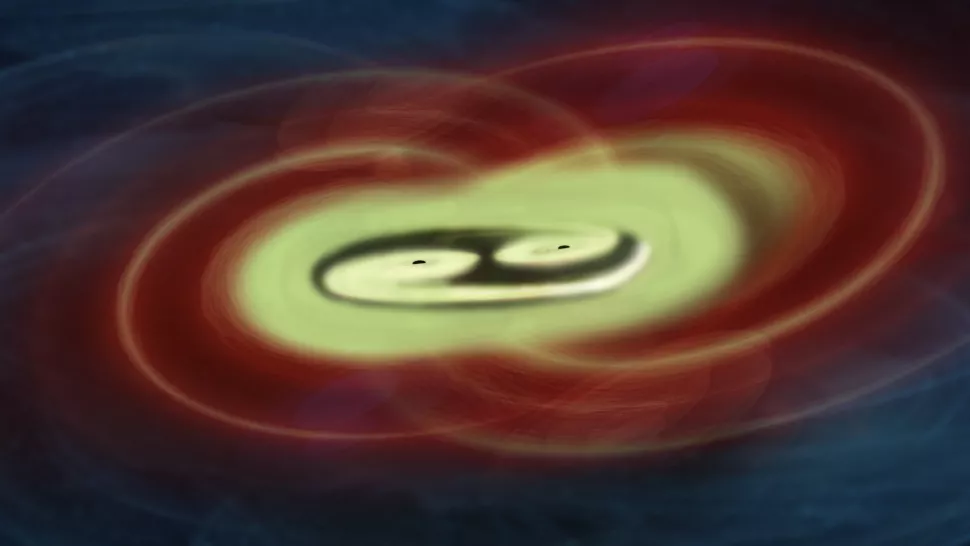MI weekly selection #484

Black hole collision behaves as Einstein predicted
Scientists studying the collision of two huge black holes observed massive gravitational waves and a phenomenon known as precession, which resembles the wobbling motion of a spinning top. Albert Einstein’s theory of general relativity predicted a century ago that precession would occur in massive objects — but this marks the first time it has been observed.
Full Story: Live Science
Humans, Neanderthals lived alongside each other
Research that combined artifact dating and modeling techniques concludes that Neanderthals and humans lived alongside each other for 1,400 to 2,900 years in France and northern Spain. Igor Djakovic, the lead author of the study, said that genetic evidence and changes in material culture suggest that the Neanderthals interbred with humans and were absorbed into the larger population.
Full Story: CBS News
Barium rain discovered on 2 exoplanets
Astronomers have discovered two exoplanets with barium rain, barium being the heaviest element discovered to date in a planet’s atmosphere. “We were not expecting or looking for barium in particular and had to cross-check that this was actually coming from the planet since it had never been seen in any exoplanet before,” said lead author Tomas Azevedo Silva.
Full Story: ScienceDaily
Charge an EV battery in 10 minutes
Researchers from Penn State University have developed a way to reduce electric vehicle charging time to about 10 minutes after adding a layer of nickel foil to the battery to help control temperatures. Using this battery, fast-charging was achieved over 2,000 times with a 250-mile charge cycle, resembling what’s possible with a Tesla base model battery.
Full Story: Forbes
Rat model of human brain development
Human brain cells implanted in the brains of baby rats grew and formed connections, giving biomedical researchers a new way to study human brain development and disorders and test new treatments, says psychiatry professor Sergiu Pasca, senior author of the study. Building on prior work on human organoids, scientists induced human skin cells to grow into stem cells, then various types of brain cells, which grew into cerebral cortex organoids, which were then transplanted into rat pups.
Full Story: The Associated Press